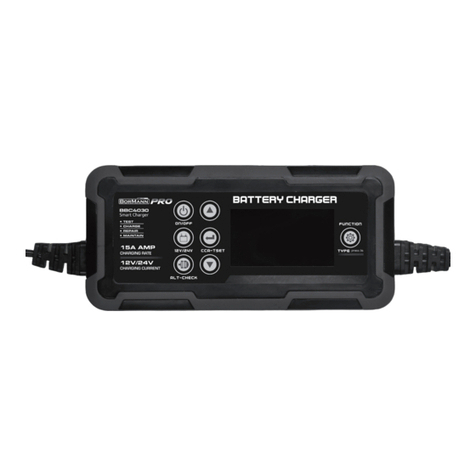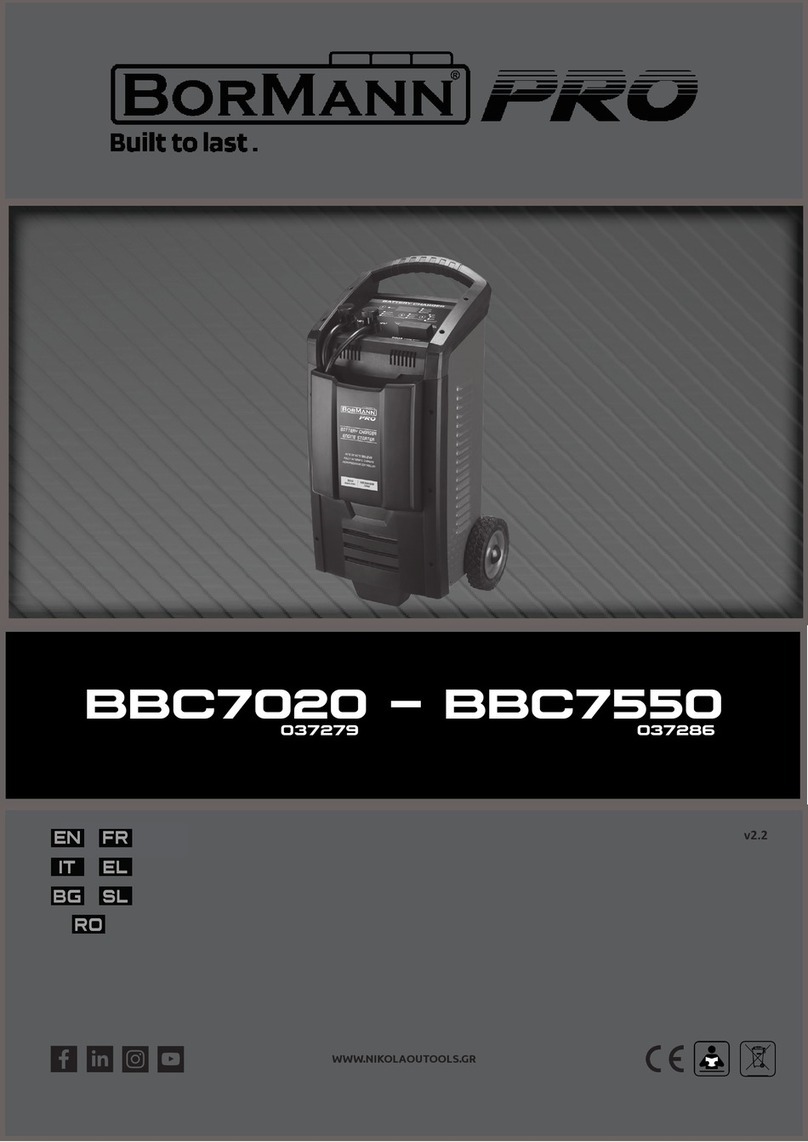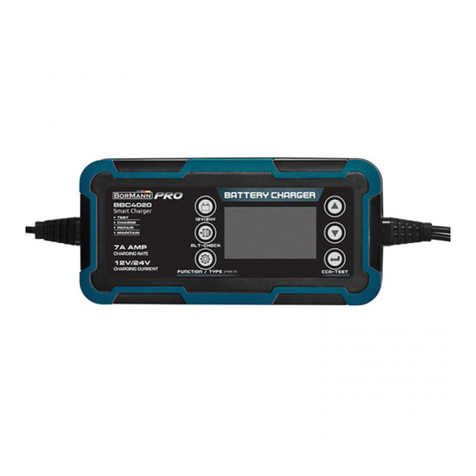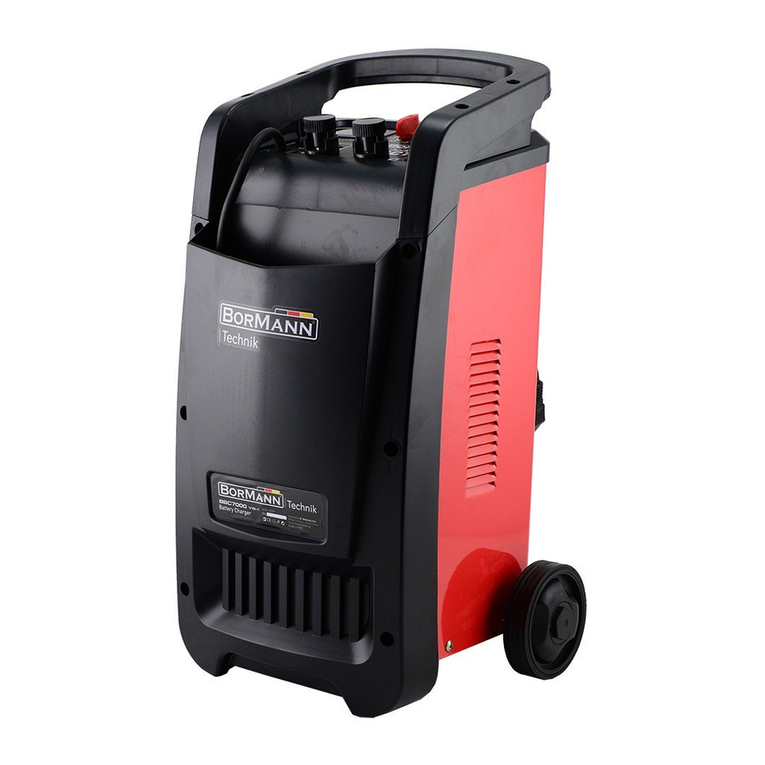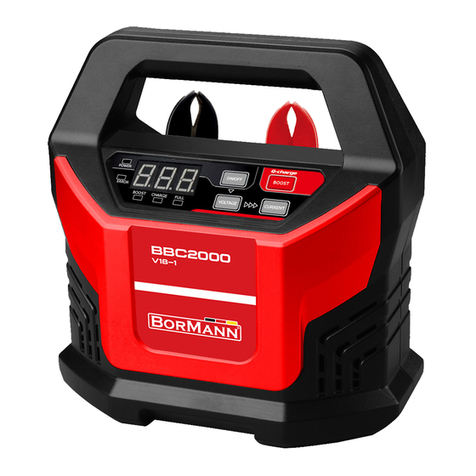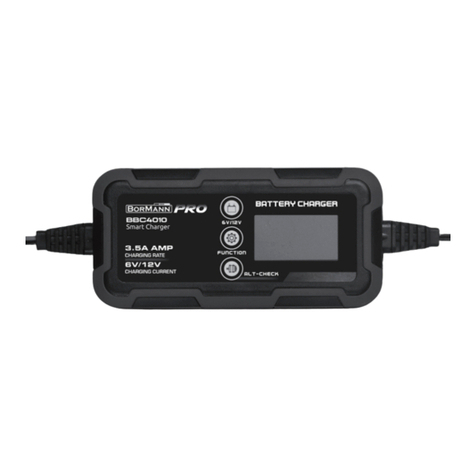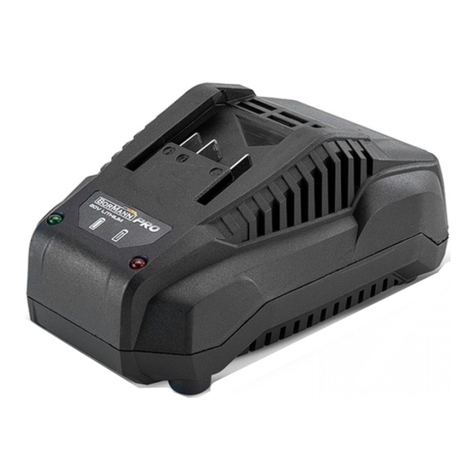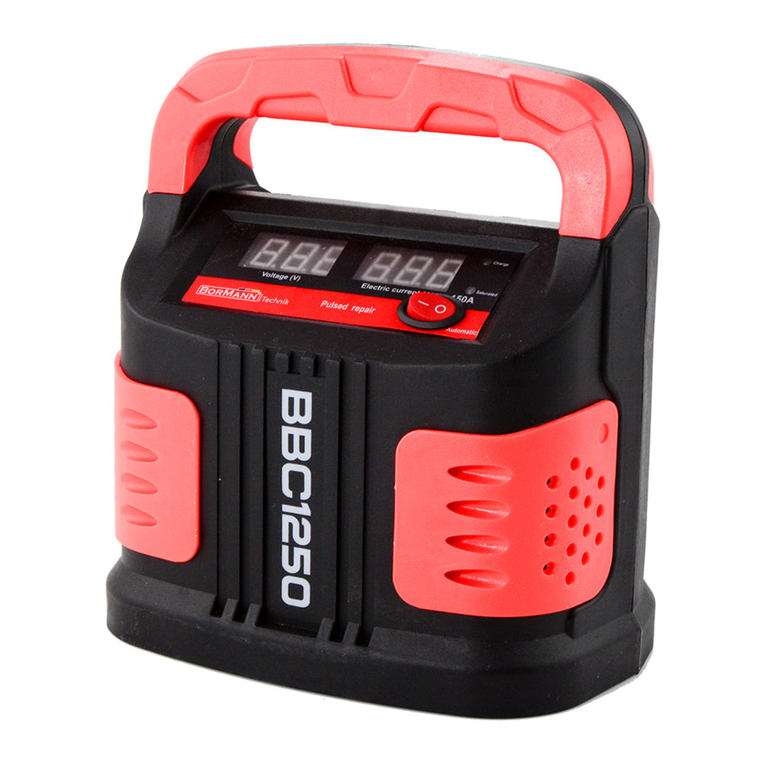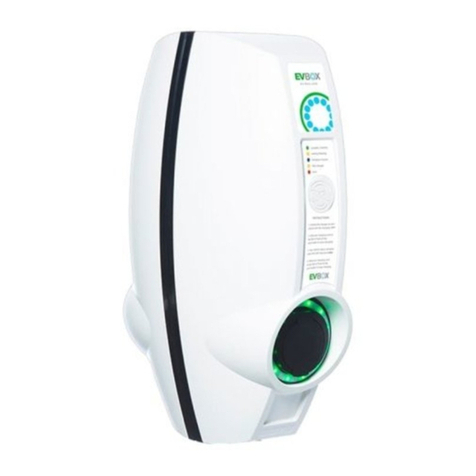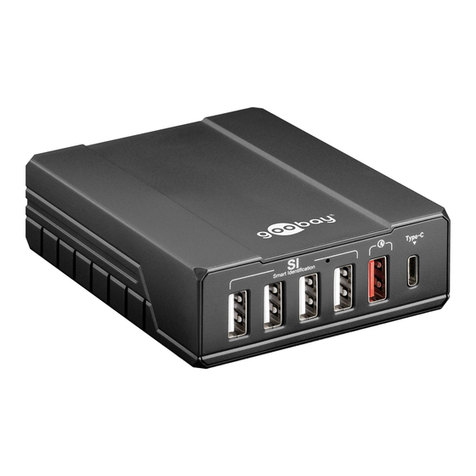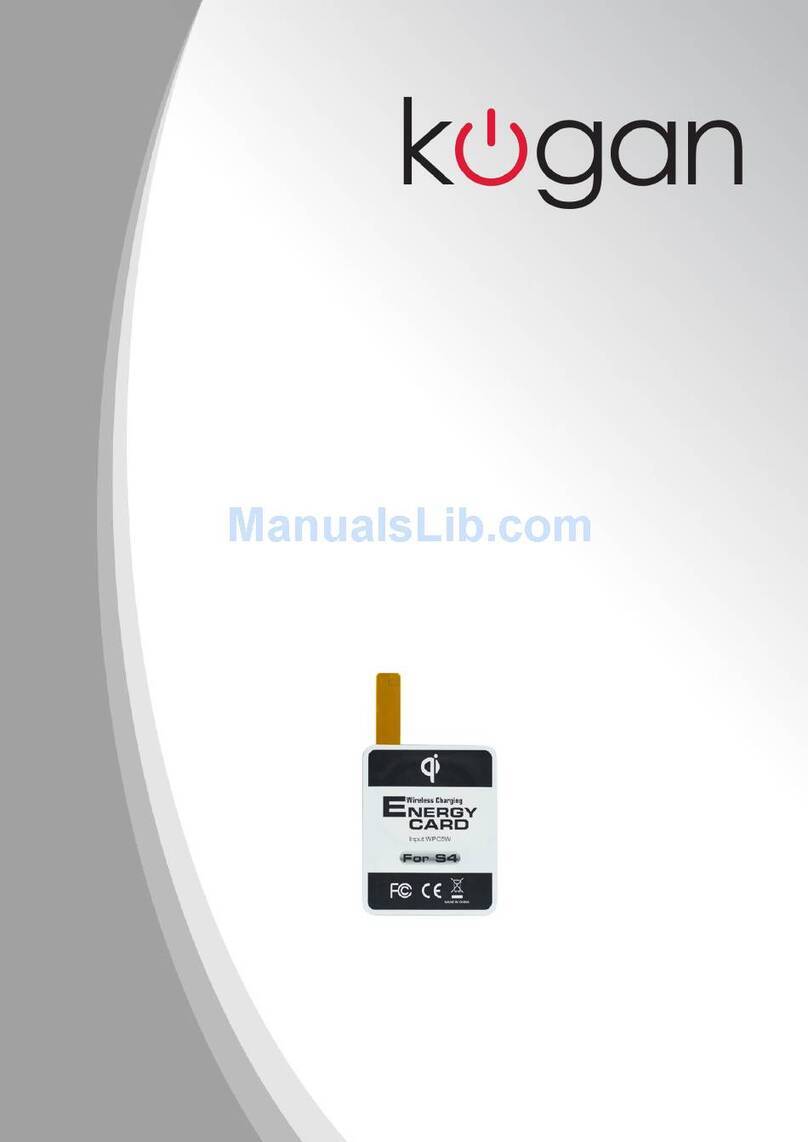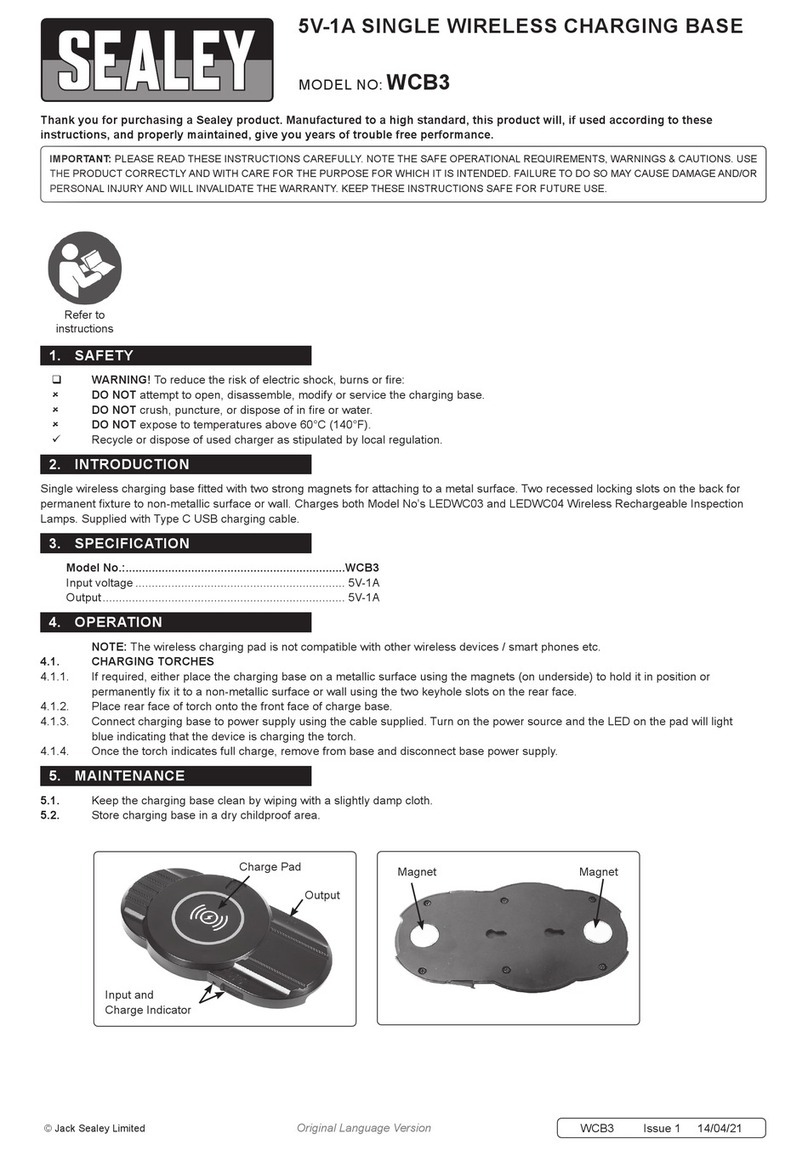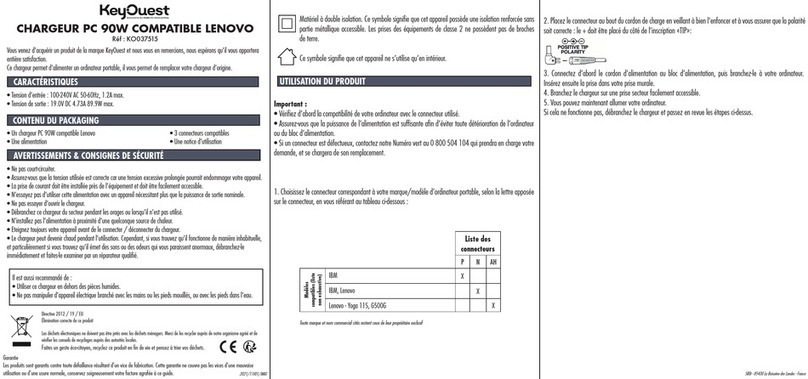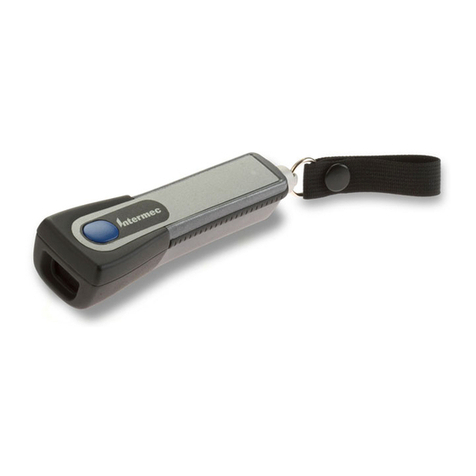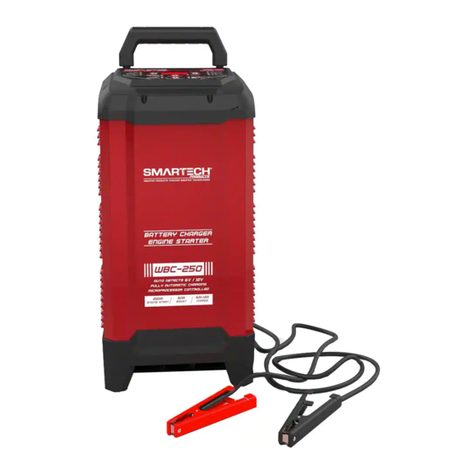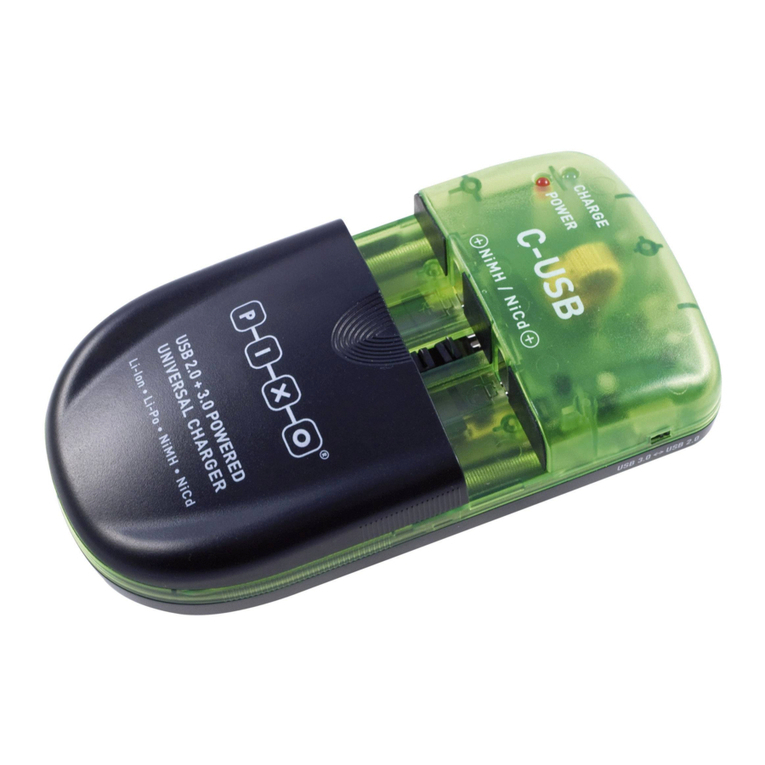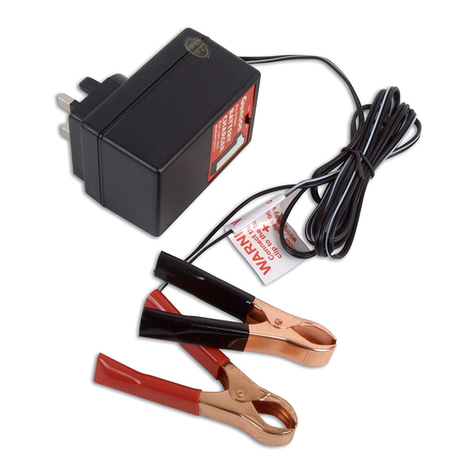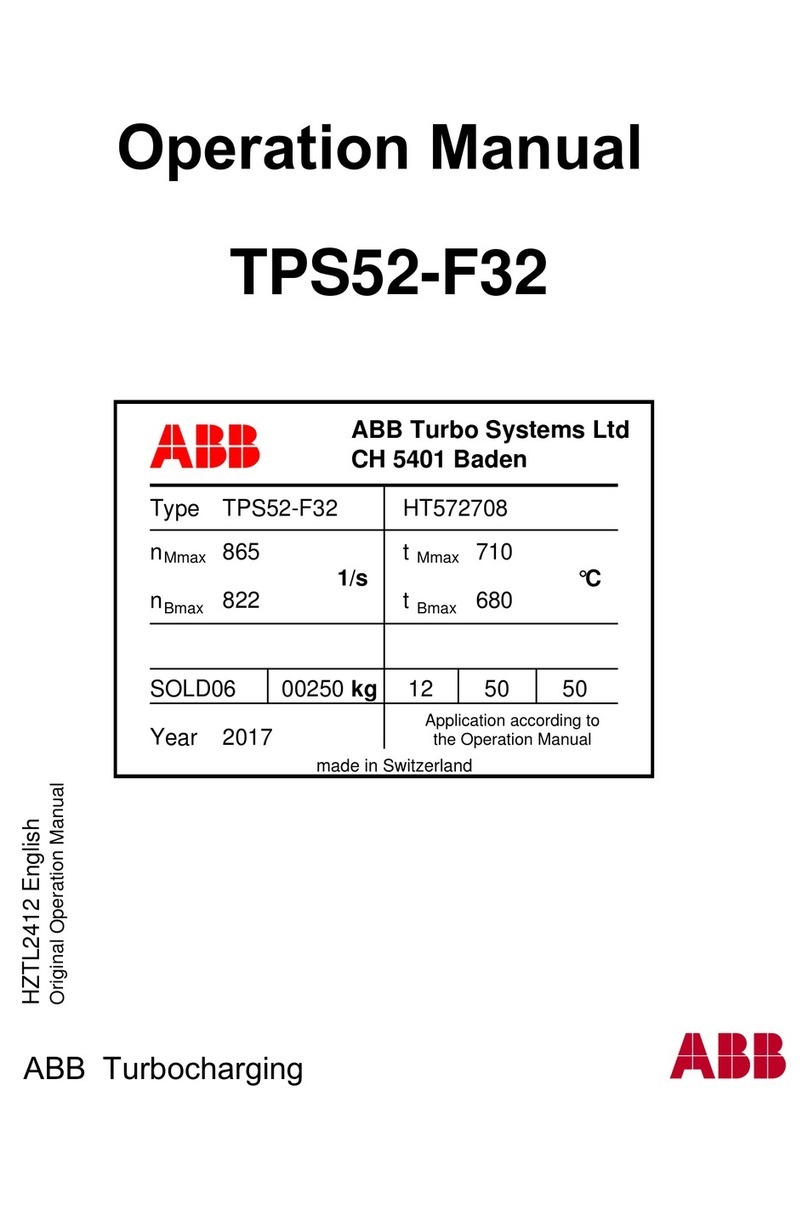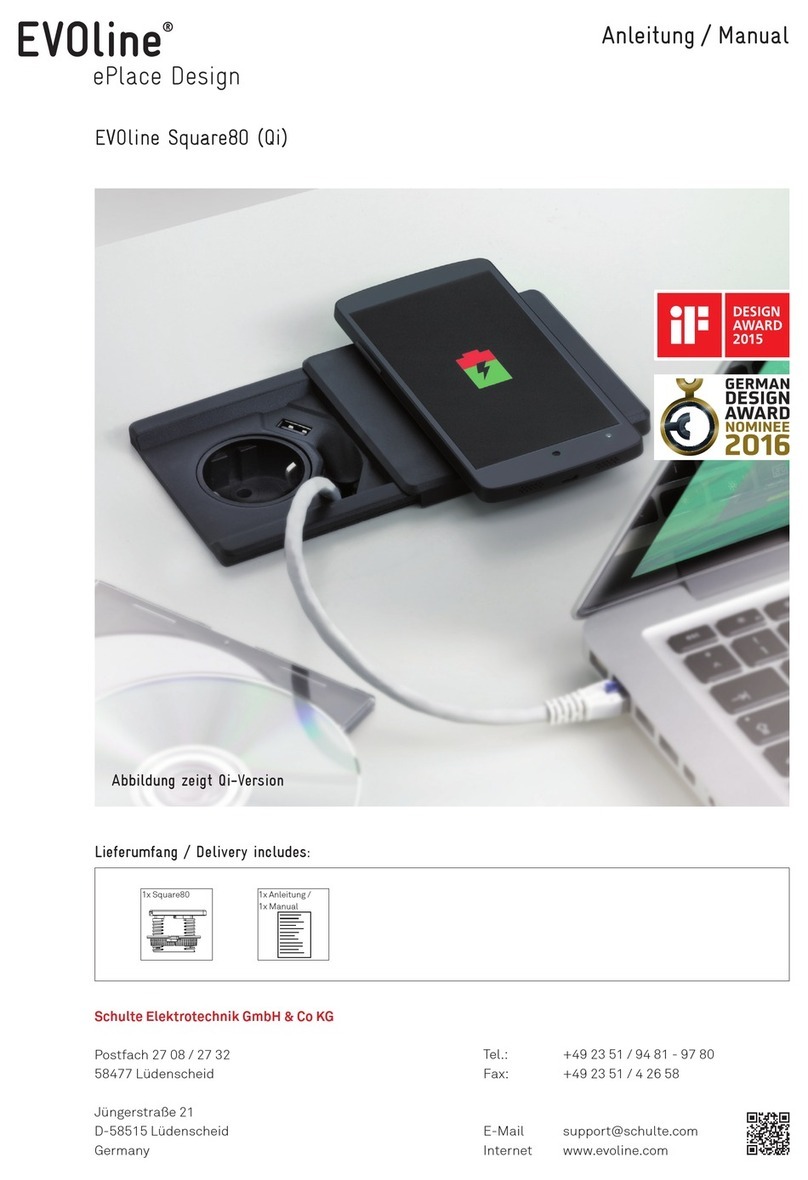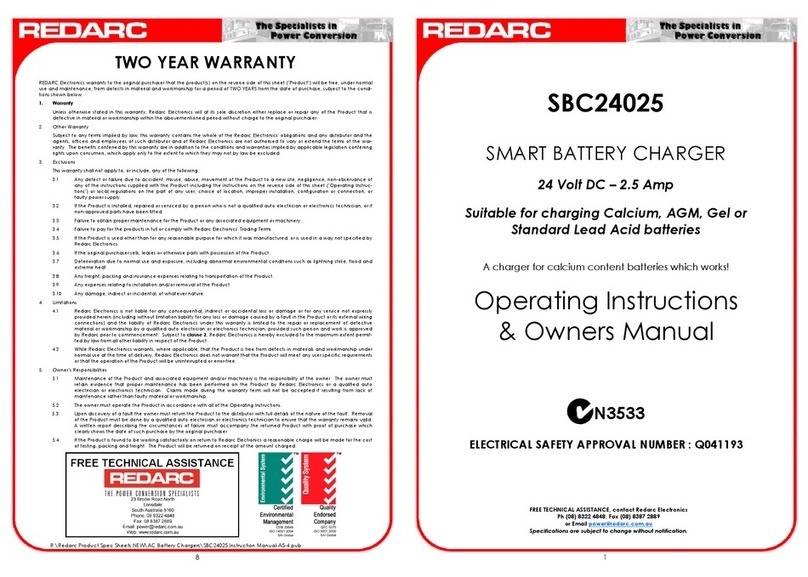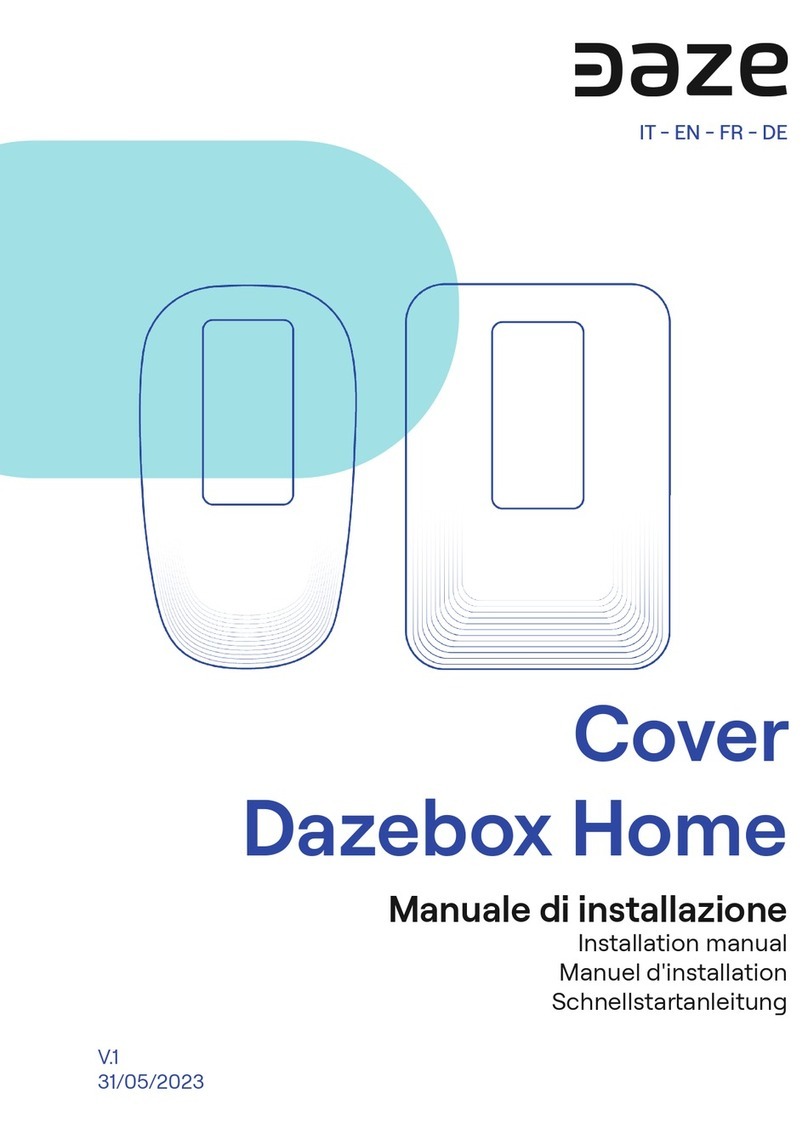
www.BormannTools.com
c. Check polarity of battery posts. POSITIVE (POS, P, +) battery post usually has larger
diameter than NEGATIVE (NEG, N, -) post.
d. Determine which post of battery is grounded (connected) to the chassis. If
negative post is grounded to chassis (as in most vehicles), see item "e". If positive
post is grounded to the chassis, see item "f".
e. For negative-grounded vehicle, connect POSITIVE (RED) clip from battery charger
to POSITIVE (POS, P, +) ungrounded post of battery.
Connect NEGATIVE (BLACK) clip to vehicle chassis or engine block away from
battery. Do not connect clip to carburetor, fuel lines, or sheet metal body parts.
Connect to a heavy gage metal part of the frame or engine block.
f. For positive-grounded vehicle, connect NEGATIVE (BLACK) clip from battery
charger to NEGATIVE (NEG, N, -) ungrounded post of battery. Connect POSITIVE
(RED) clip to vehicle chassis or engine block away from battery. Do not connect clip
to carburetor, fuel lines, or sheet-metal body parts. Connect to a heavy gage metal
part of the frame or engine block.
g. When disconnecting charger, turn switches to off, disconnect AC cord, remove clip
from vehicle chassis, and then remove clip from battery terminal.
h. See operating instructions for length of charge information.
18. FOLLOW THESE STEPS WHEN BATTERY IS OUTSIDE VEHICLE. A SPARK NEAR THE
BATTERY MAY CAUSE BATTERY EXPLOSION. TO REDUCE RISK OF A SPARK NEAR
BATTERY:
a. Check polarity of battery posts. POSITIVE (POS, P, +) battery post usually has a
larger diameter than NEGATIVE (NEG, N, -) post.
b. Attach at least a 24-inch-long 6-gauge (AWG) insulated battery cable to NEGATIVE
(NEG, N, -)battery post.
c. Connect POSITIVE (RED) charger clip to POSITIVE (POS, P, +) post of battery.
d. Position yourself and free end of cable as far away from battery as possible - then
connect NEGATIVE (BLACK) charger clip to free end of cable.
e. Do not face battery when making final connection.
f. When disconnecting charger, always do so in reverse sequence of connecting
procedure and break the first connection while as far away from battery as practical.
g. A marine (boat) battery must be removed and charged on shore. To charge it on
board requires equipment specially designed for marine use.
19. AC POWER CORD CONNECTION INSTRUCTIONS
The plug must be plugged into an outlet that is properly installed in accordance with
all local codes and ordinances.
DANGER. Never alter AC cord or plug provided - if it will not fit outlet, have proper
outlet installed by a qualified electrician. Improper connection can result in a risk of
an electric shock. This battery charger is for use on a nominal 230-volt circuit.
20. LENGTH OF CHARGE
The following instruction will allow you to determine how long it will take to bring a
specific battery to full charge.
a. Test the battery for state of charger with a hydrometer or electronic percent-of-
charge tester.
b. Determine the size of the battery in Amp-Hour or Reserve Capacity. If the ratings
are not printed on the battery, contact your local battery dealer for this information.
These are the only ratings that can be used to determine length to charging time.
c. Use the battery rating, the charge level of the battery, and amp setting to be used
on the charger in the formula provided below.

